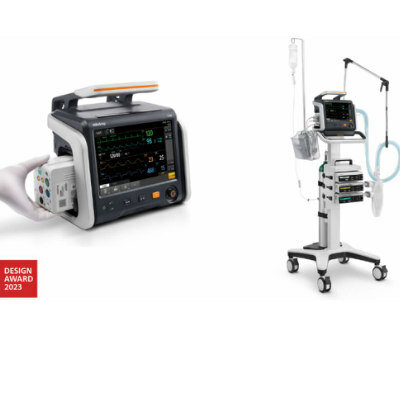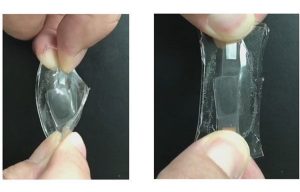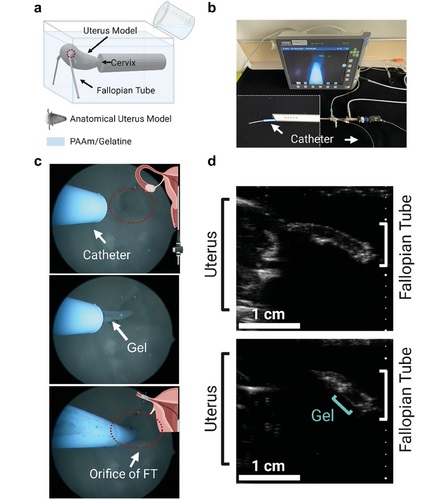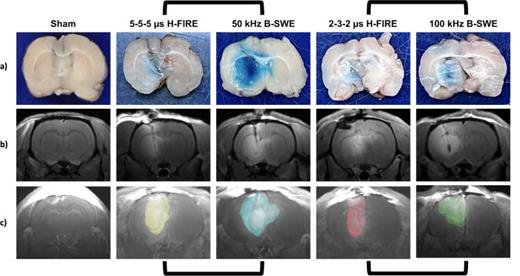AI-Powered Tool Combs through Electronic Health Records For Faster Diagnoses of Rare Diseases
Posted on 05 Jul 2024
A rare disease is defined as one that affects fewer than 200,000 individuals. Collectively, over 10,000 known rare diseases impact more than 30 million people. While some of these diseases, like multiple sclerosis, are well-recognized, most—including bartonellosis, maple syrup urine disease, and visual snow syndrome—are not. Acute hepatic porphyria (AHP), a group of rare genetic disorders, affects 1 in 100,000 people, predominantly women. The symptoms often correlate with the menstrual cycle and can lead to severe, even life-threatening, episodes characterized by abdominal pain, nausea, vomiting, limb weakness, and anxiety. In 2019, the FDA approved givosiran as a prophylactic treatment for these recurrent attacks. However, the average time to diagnose AHP is 15 years, largely because physicians encounter it so infrequently. During this diagnostic delay, the disease can worsen and cause irreversible harm. Now, researchers have created an artificial intelligence (AI) tool that can identify potential patients with AHP, thus aiding in the diagnosis and management of this rare genetic disease.
This predictive algorithm developed by the team at UCLA Health (Los Angeles, CA, USA) under Project Zebra, sifts through electronic health records to spot patterns indicative of disease, alerting physicians to patients who may need further testing and diagnosis. It specifically targets suspected porphyria patients and was trained on a dataset that included de-identified patient records from UCSF and UCLA—part of approximately 10 million records throughout the UC system. The algorithm's development was complicated by the often lengthy approval process required for accessing patient data, and the fact that algorithms improve with access to vast datasets from various institutions, though obtaining the necessary permissions can be challenging. To overcome this, zebraMD has implemented Virtual Pooling, a patented technology that allows the algorithm to learn from data without actually transferring it.

One of the main hurdles in developing the algorithm was the unorganized nature of patient data, which includes both structured data, like vital signs and lab results, and unstructured data, such as physician's notes. The latter presents particular difficulties for algorithms, which prompted the researchers to refine and structure the data. The researchers equipped the model with detailed symptom information and references to a rare and genetic disease database maintained by the National Institutes of Health, which catalogs signs, symptoms, and clinical presentation of diseases including porphyria. The algorithm was then allowed to independently scan through the data and identify patterns, an approach that is crucial given the high rate of misdiagnosis associated with rare diseases. According to findings published in the Journal of the American Medical Informatics Association, the algorithm accurately predicted referrals for AHP testing with an accuracy between 89% and 93%, and it identified 71% of the patients who tested positive for the disease earlier than they were actually diagnosed, saving an average of 1.2 years per case. Currently, Project Zebra is expanding its focus to include predicting cerebral aneurysms, a potentially life-threatening condition characterized by the expansion of a weakened blood vessel in the brain.
“I hope that at some point this is a standard feature of any electronic health records system,” said Katharina “Kat” Schmolly, MD, a UCLA medical student who co-created the algorithm. “The more patients we can diagnose, the more we can monitor over time. That means we can learn what works and what doesn't work. We can create precision medicine approaches for these rare diseases. Many of them don't have any treatments yet. So hopefully, we can find new treatment options for them.”
Related Links:
UCLA Health














